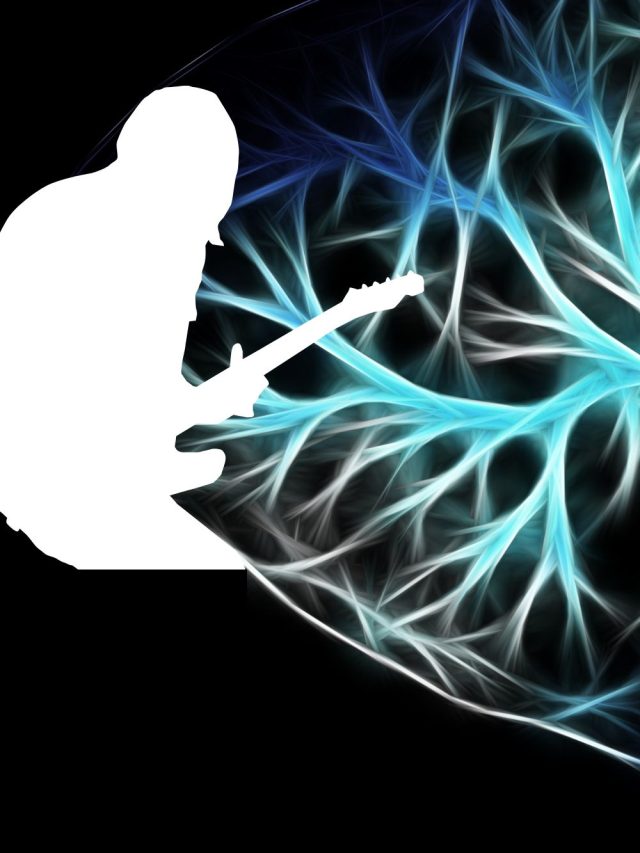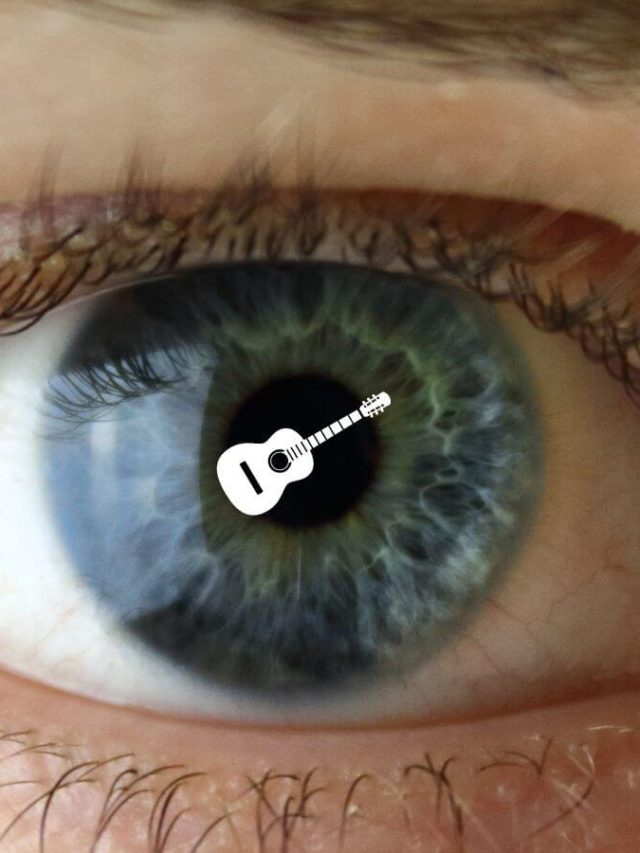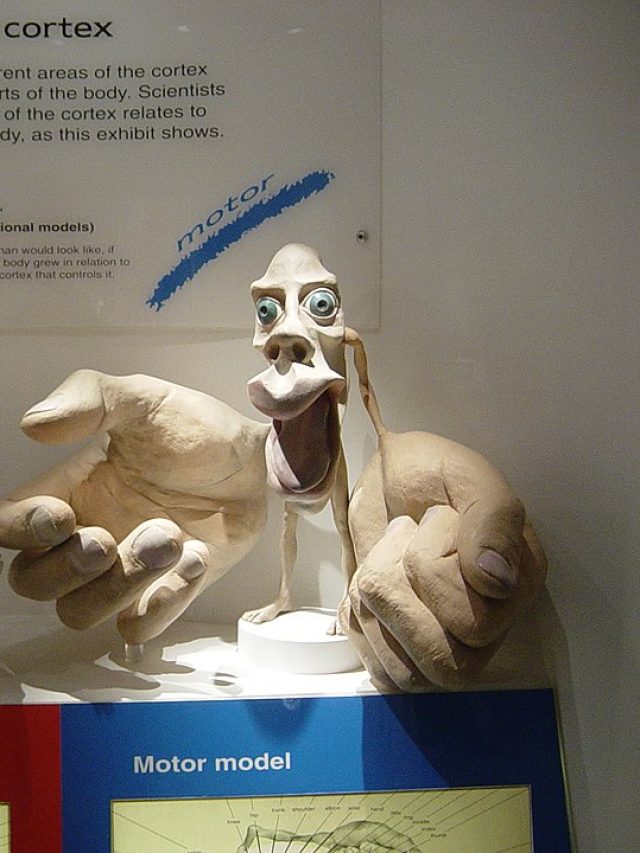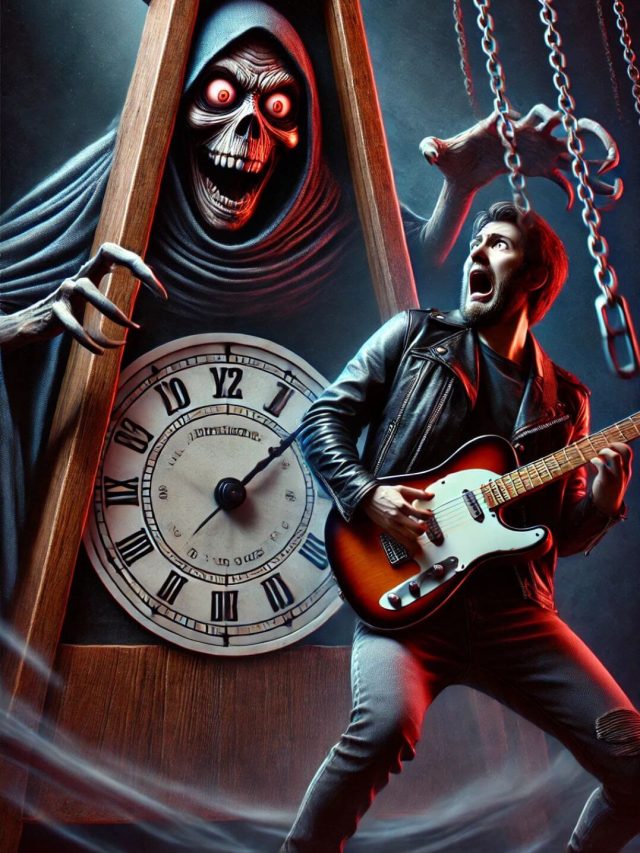Are you learning many techniques and music theory but still can’t figure out how to be uniquely creative and have your own flavor? Do you want people to identify your playing style? These 6 steps will help you become unique and have your own signature style!
Chapters
1. Use playing dynamics and quirks
It is essential that you find ways to make your playing richer by using various types of bends (3 semitones, 2 consecutive, reverse bends), vibratos (notes and chords), pinch harmonics, slides, heavy picking, light picking, angle the pick differently to change your attack, octave changes, those particular ‘off’ notes, starting on odd counts, smacking the strings, bend 2 strings, etc. Explore and discover your own!
There are 2 reliable ways to develop these.
- Observe everyone; pay attention to details. Watch videos. Listen closely. When watching videos or live players, observe what they are doing. When listening, guess what they must’ve done to get that sound out.
- Learn examples and play them on your guitar. Every observation you make should ideally translate into action by trying to mimic it. Inevitably, some personal flavor of playing will come through automatic processes: Your muscles, body size, finger length, guitar, amp, mood, etc. These factors will help you add your uniqueness to anything you copy from others.
Your combination of dynamics will become your unique sound.
2. Play the same thing in different ways
Learn a lick. Any lick. Play it and see how many different ways you can play it. Think about power chords, diatonic chords, harmonies, full licks in bends or octave doubles, etc. Once you do this to a riff, try changing just the starting notes or ending notes. Experiment dynamically and make it sound slightly different when you repeat it! Keep finding newer things that you can do and no matter how odd it feels, try it out.
Start by:
- Change octaves.
- Try tapping, fingerstyle, muted picking, mixing muted and clear notes, etc.
- Replacing one chord with another within the same sequence.
- Replacing one note with another within the same sequence.
- Try a melody as a bass sequence or harmonies.
- Try a sequence with filler notes or in-between dynamics.
- Change harmonizing notes non-linearly – if the first note has a 3rd, give the next note a 4th or a 6th.
Essentially, force yourself to change some element from a technique or sound point of view. There is always something new to explore. You just have to try finding something to replace within your overall sound.
3. Transform elements and combine/recombine them
From all the small licks/riffs you’ve learned, you can virtually combine any of those in unique ways. For example, you bend a note and then add a lower octave. Or do a 2-octave sweep w/ extra notes on the B and A strings. Tap on the fat E string for rhythm. Occasionally, change chords for each note you play. Combine 2 riffs and make a new one by changing smaller parts here and there. This is mostly like going to help you find your ‘Signature style’.
Creative playing is fundamentally based on 3 principles:
1. Combining and recombining small elements: When you start with 3 colors, you can create many new colors by mixing up different proportions of each color. You then get a whole color spectrum. Similarly, fundamental blocks of guitar techniques and sequences can become a whole spectrum by mixing each micro-musical structure with other microstructures. To do this effectively, observe many guitarists, particularly the ones that trend on YouTube and Instagram.
2. Chance configurations and happy accidents: When you keep a flexible approach to playing and make errors, there is a chance that you hit wrong notes. Sometimes, those wrong notes are exciting and become “creative”. These are things you wouldn’t do if you had a plan. Chance configurations occur when you reduce attention and let errors occur. Chance configurations are essentially moments when 2 unexpected things occur back to back or close to each other. For example, you can naturally play a blues sequence and then hit a few wrong notes, which gives you new ideas. Wrong string, wrong fret, wrong chord, wrong timing, etc., can create new ideas.
3. Resource limitations: Purposefully add arbitrary rules to your playing. These constraints force the brain to optimize within those rules and think – “what more can happen in this space”. Similarly, these rules force the brain to reduce the number of decisions you have to make. So it reduces decision-paralysis. Too many options become difficult. Too few options make you bland.
Some examples:
- Limit yourself to 10 notes across 2 octaves.
- Skip the 4ths and 5ths for 3 bars and use those in the 4th bar.
- Try to land on the 3rds every bar. Then resolve it on the first by using a reverse arpeggio.
4. Become a concept
Your music is a concept from a scientific point of view. The sounds you create are a unique set of sounds with certain limits and tendencies. When someone has a unique playing style, we are effectively identifying their concept of music. Malmsteen’s concept has diminished arpeggios, harmonic minor sounds, fast runs, etc. Polyphia’s concept has a tonne of harmonics and quick shifts in techniques to create a spaced-out layer of guitar sounds. Brian may’s concept has a raw tone with a pronounced vibrato. To create your own playing concept, you have to develop your tendencies which become the “features” of a concept. Your features should include global features and local features.
Global features: Chord sequences, overall rhythm, distance between bends and breaks, contour between high-pitch and low-pitch notes, etc.
Local features: Vibratos, variation in bends, specific notes you use to resolve, speed of changes, etc.
These musical features will make your playing a concept with identifiable features.
Now, the next step is to improve them and be fairly consistent with those features. That is your signature sound.
5. Look and act like you have your unique style

There are 3 concepts in psychology that you should work on outside of the music:
1. Visual precedence: The brain prioritizes visual information even when the most important information is auditory in music. This means your visual appearance is crucial – how you look, how you stand, how you dress, your facial expressions, your movement, etc., takes priority and informs your playing. This matters when others look at you playing and also how you imagine you appear while playing. A part of your signature style is self-image and other-image.
2. Acting As If: Popularly called “fake it till you make it”, the brain tries to adopt a certain approach based on your beliefs. You may feel more confident about your notes which translates into strong attack, wild vibratos, quick movements, less “hang-time” between sequences, etc. If you act like you can do it, the brain uses that imagination as a reference to level up and reduce the gap between imagination and actual play. The classic power stance and everything Jack Black says in School of Rock is Lit advice.
3. Identity congruence: The human brain tries to resolve conflicts by matching one’s identity to their behavior. And when both are very different from each other, the behavior and identity adjust to become congruent/similar. Here, identity is how you look and feel about yourself. And behavior is what and how you play. So if your playing isn’t getting anywhere, work on your identity, and that will influence your playing tendencies. Here’s how you start:
- Look at your core values: Are you a minimalist, are you extravagant?
- Look at your wishes: Do you want to dominate or be a fluid people-pleaser?
- Look at your habits: Are you a thrill- and variety-seeking person, or do you want to stick to your comfort zone and become a predictable person?
None of these questions have wrong answers, they are just aspects of your personality you want to bring out into your playing.
6. Be particular about your sound – amp, pick, plugins, and guitar
A large part of your signature sound comes from the electronics and materials of your guitar ecosystem. Picks, wood, mics, VSTs, amp, etc., will affect the sound. Some combination of it will give you a signature sound. Since sound – aka timbre – is a consistent feature of your playing, it becomes a part of your overall feel.
Experiment with equipment to see what you like. Sometimes, the default tone created by your set up inspires a way to play. Pick and choose what resonates with you.









